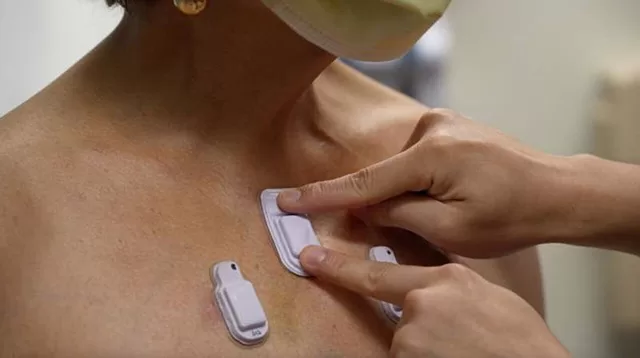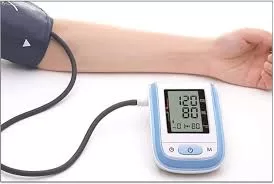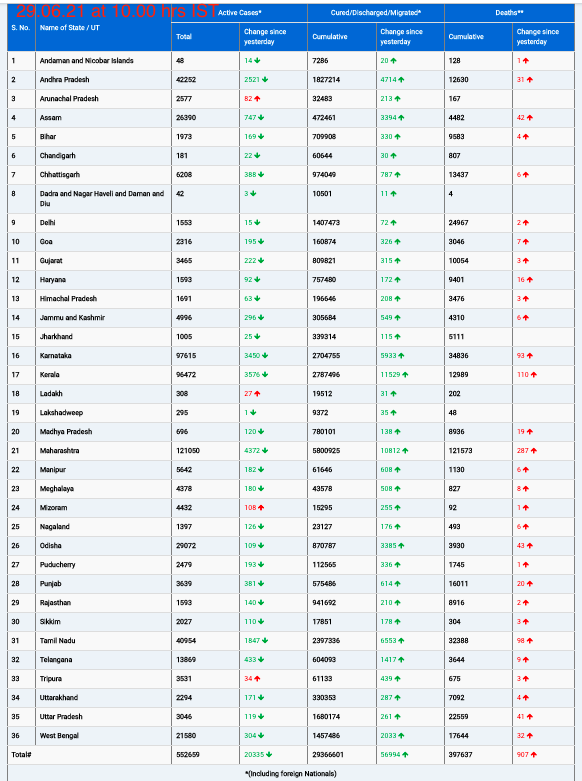
A team of US researchers, led by an individual of Indian origin, has pioneered the creation of groundbreaking soft, miniaturized wearable devices. These innovative gadgets have the remarkable ability to continuously monitor subtle sounds within the human body, offering invaluable insights into an individual’s health.
Capable of tracking diverse internal sounds—such as lung airflow, heartbeats, and the movement of digested food through the gastrointestinal tract—the device operates wirelessly and concurrently across multiple areas of the body. Northwestern University researchers conducted initial trials, testing these devices on 15 premature infants with respiratory and intestinal motility issues, as well as 55 adults, including 20 individuals with chronic lung ailments.
Not only did these devices exhibit clinical-grade precision, but they also introduced novel functionalities previously unseen in research or clinical care. The study, detailed in the journal Nature Medicine, showcased the potential of these devices.
Ankit Bharat, a thoracic surgeon at Northwestern Medicine who spearheaded the clinical research on adult subjects, emphasized the devices’ purpose: to offer precise, continuous health evaluations for making clinical decisions in hospitals, clinics, or during ventilator usage.
Comprising digital microphones and accelerometers in pairs, these lightweight devices adhere gently to the skin, forming a non-invasive sensing network. They capture sounds simultaneously and map the dynamics of airflow in the lungs, variations in cardiac rhythm during different states (resting or active), and the movement of food, gas, and fluids through the intestines.
Encased in soft silicone, each device measures 40mm in length, 20mm in width, and 8mm in thickness. Despite their small size, they house a flash memory drive, a tiny battery, electronic components, Bluetooth capabilities, and two minuscule microphones—one directed inward toward the body and another outward toward the surroundings.
With the ability to capture sounds in both directions, an algorithm can distinguish between external (ambient or neighboring organ) sounds and internal body sounds.
The device proved particularly beneficial in monitoring premature babies in the neonatal intensive care unit (NICU). These infants often experience apneas, a leading cause of prolonged hospital stays and potential fatalities.
Dr. Debra E. Weese-Mayer, chief of autonomic medicine at Ann & Robert H. Lurie Children’s Hospital of Chicago and a co-author of the study, highlighted the devices’ non-invasive and continuous monitoring capability for infants, ensuring uninterrupted observation during both wakefulness and sleep.
In the case of adults with chronic lung conditions and healthy individuals, these devices captured lung sound distribution and body movements across various locations simultaneously. This enabled researchers to analyze a single breath’s impact across different lung regions.










